What is a Taper in CNC Machining?
A taper in machine tool holder refers to a gradual decrease in diameter along the length of a tool or a spindle. Imagine a cone where the diameter shrinks uniformly from the base to the tip—that’s essentially what a taper is. In machining, this shape is critical for ensuring that tools fit securely and align correctly with the machine’s spindle.
Tapers are defined by their taper angle, which is the angle between the centerline of the taper and its sloped surface. This angle can vary depending on the type and application of the taper.
Purpose of Tapers in CNC Machining
Tapers play a pivotal role in CNC machining by ensuring that tools are held securely and precisely aligned. One of the primary functions of a taper is to provide enhanced stability during machining operations. When a tool is properly seated in a tapered holder, it minimizes the risk of tool slippage, ensuring consistent and precise cuts.
Tapers like the CAT and BT designs are engineered to facilitate quick and easy tool changes. This capability is particularly valuable in automated CNC environments where reducing downtime is crucial for maintaining productivity. The taper design helps distribute machining loads evenly across the tool and spindle interface. This even distribution reduces the risk of tool wear and prolongs the life of both the tool and the machine.
Types of Tapers in CNC Machining
- Morse Taper (MT): The Morse taper, developed in the 19th century, features a gradual taper angle allowing tools to be held securely by friction alone. Sizes range from MT0 to MT7, with each size indicating a different shank diameter. They are commonly made from high-speed steel or carbide. It is widely used in drill presses, lathes, and some milling machines to hold drill bits, reamers, and other cylindrical tools.
- R8 Taper: Developed by Bridgeport Machines in the 1950s, the R8 taper has a 16-degree taper angle and requires a drawbar for retention. Typically made from hardened steel, the R8 taper is used in milling machines, especially Bridgeport-style knee mills, for its ease of use and quick tool changes. The standard size is 3/4-inch diameter.
- National Machine Tool Builders (NMTB) Taper: Standardized by the National Machine Tool Builders Association, the NMTB taper uses a drawbar for tool retention and comes in sizes like 30, 40, and 50, corresponding to the shank diameter in millimeters. Made from high-grade steel, it is used in various CNC machines, including milling machines and machining centers, providing secure tool holding during heavy operations.
- CAT Taper: The CAT taper, also known as V-flange, is widely used in CNC machining centers, featuring an 8-degree taper angle and a flange for automatic tool changing. Sizes include CAT30, CAT40, and CAT50, with shank diameters of 1.25 inches, 1.75 inches, and 2.75 inches respectively. They are typically made from high-strength alloy steel, essential for high-speed and high-precision CNC machining.
- BT Taper: Similar to the CAT taper but with symmetrical dimensions for better balance, the BT taper uses a metric thread drawbar. Common in CNC machining centers, especially in Asia, sizes include BT30, BT40, and BT50, with corresponding shank diameters. They are made from hardened steel or carbide, offering improved balance at high speeds.
- Hollow Shank (HSK) Taper: Developed in the 1980s, the HSK taper features a hollow shank for greater accuracy and rigidity at high speeds. It has a double-contact interface, ensuring a secure fit and minimizing runout. Sizes range from HSK25 to HSK100, indicating the diameter in millimeters. HSK tapers are made from high-grade steel or carbide, ideal for high-speed and high-precision CNC machining in aerospace and automotive manufacturing.
- Steep Taper (SK Taper): Standardized by DIN and ISO, the Steep Taper (SK Taper) has an 8-degree taper angle, similar to CAT and BT tapers. Sizes include SK30, SK40, and SK50, with corresponding shank diameters. Typically made from high-strength steel, SK tapers are used in CNC machining centers and milling machines, providing reliable tool holding for high-speed precision machining.
- Jarno Taper: The Jarno taper has a standardized taper-per-foot ratio, making it easy to calculate dimensions. Sizes range from Jarno 1 to Jarno 20, with diameters increasing uniformly. Made from tool steel, Jarno tapers are used in various machine tools and measuring instruments, providing a simple and standardized interface for holding tools and components.
- Brown & Sharpe (B&S) Taper: The Brown & Sharpe taper features a shallow angle of approximately 0.5 degrees per side. Sizes include B&S 1 through B&S 18, with shank diameters increasing with size. Typically made from hardened steel, B&S tapers are primarily found in older milling machines and lathes, used for holding milling cutters, arbors, and other tools in precision machining operations.
- Jacobs Taper: Commonly used in drill chucks, the Jacobs taper has a shallow angle and allows for easy mounting and dismounting of drill bits and accessories. Sizes include JT0 through JT6, with increasing diameters. Typically made from high-carbon steel, Jacobs tapers are widely used in handheld drills, drill presses, and other drilling equipment.
Applications of Different Tapers
Tapers are crucial in drilling operations, where precise and stable tool holding is necessary for creating accurate holes. The Morse taper, for instance, ensures that drill bits are securely held, minimizing the risk of misalignment.
In milling operations, tapers like the R8 and CAT designs allow for the use of various milling cutters and tools. These tapers facilitate quick tool changes, enhancing the versatility and efficiency of milling tasks.
In turning operations, tapers are used to hold and align cutting tools and workpieces. Accurate taper alignment ensures smooth and precise turning, which is critical for achieving desired surface finishes and dimensions.
For high-precision tasks like reaming and boring, tapers provide the stability and alignment necessary for producing fine finishes and tight tolerances. The HSK taper, in particular, excels in these applications due to its high accuracy and rigidity.
Historical Background of Tapers
The concept of tapering dates back to the early days of machining, where craftsmen sought ways to securely fit tools into spindles. The Morse taper, developed in the 19th century by Stephen A. Morse, revolutionized tool holding by introducing a simple yet effective design that used friction to hold tools in place.
Over the years, taper designs have evolved to meet the demands of modern manufacturing. The introduction of the CAT and BT tapers in the 20th century marked significant advancements, facilitating automated tool changes and improving machining efficiency.
Conclusion
Understanding tapers is fundamental to mastering CNC machining. From their geometric properties to their various types and applications, tapers play a critical role in ensuring precision, stability, and efficiency in machining operations. As the CNC field continues to evolve, advancements in taper technology will undoubtedly drive further innovations and improvements in manufacturing processes.

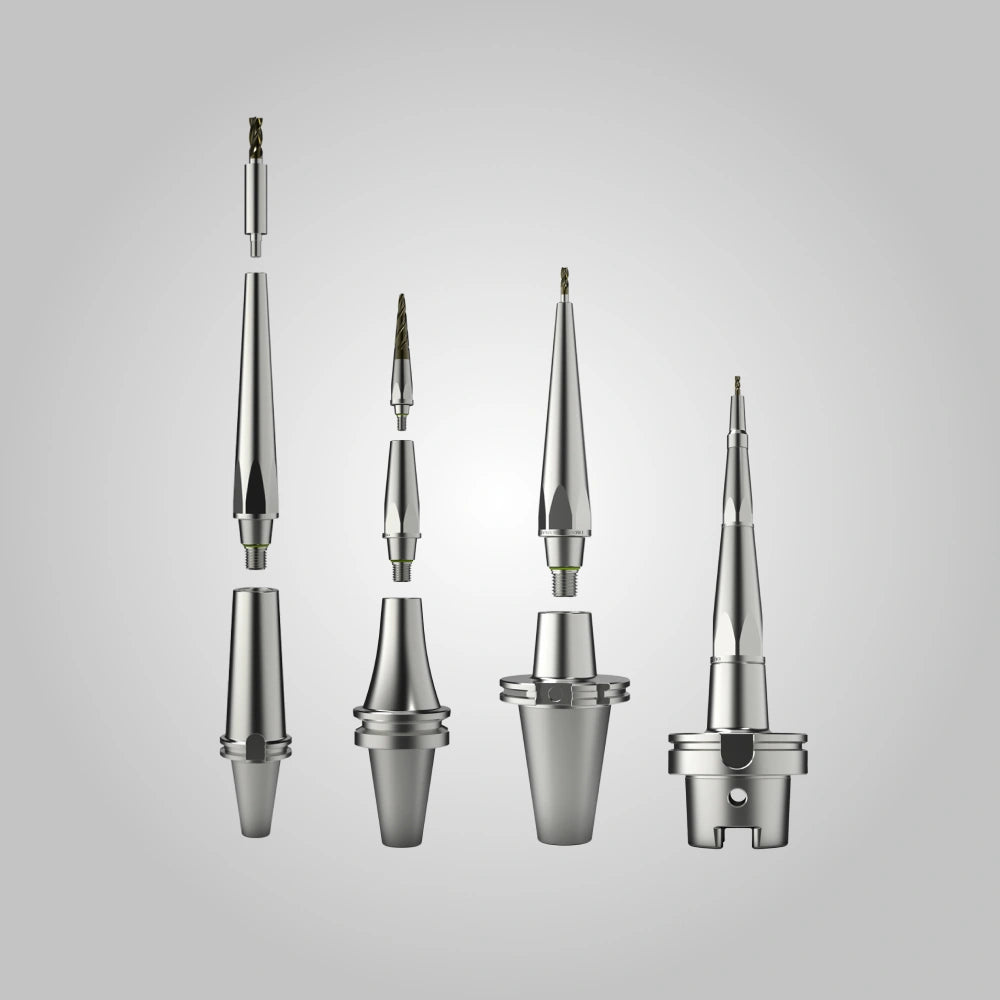
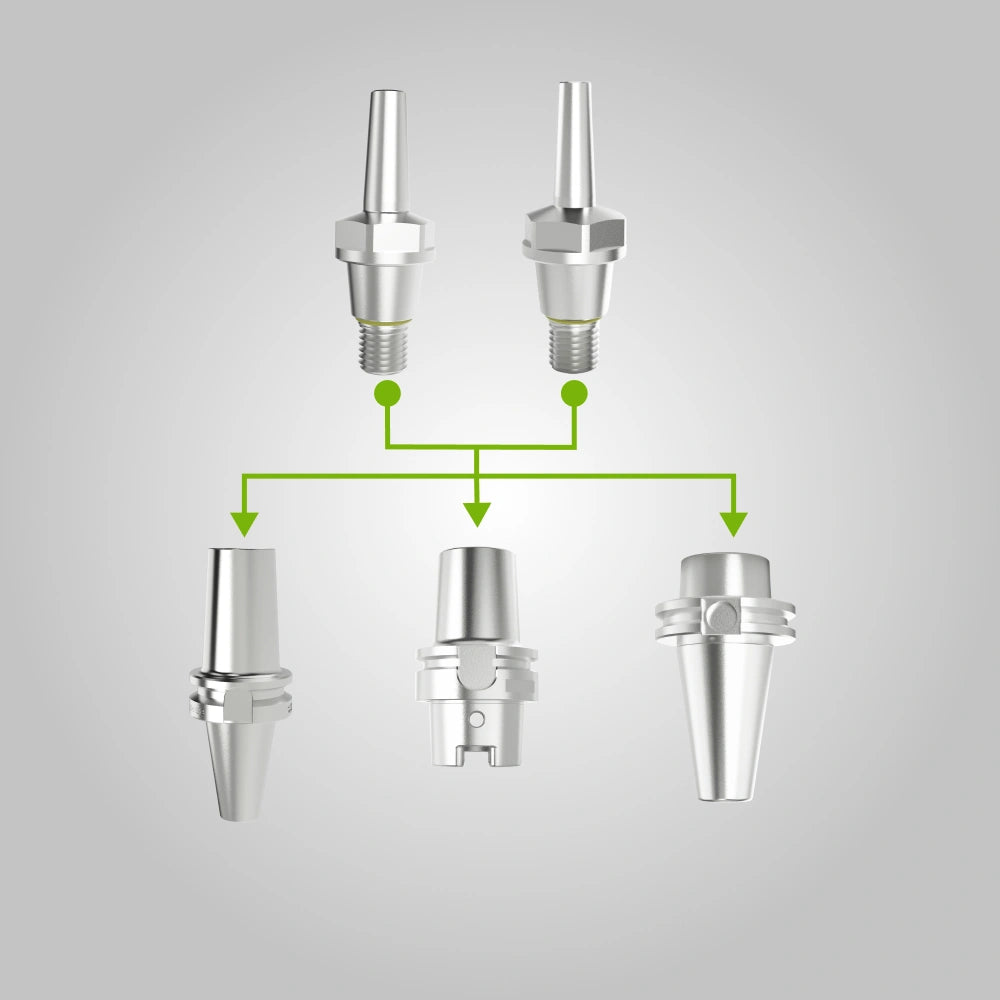
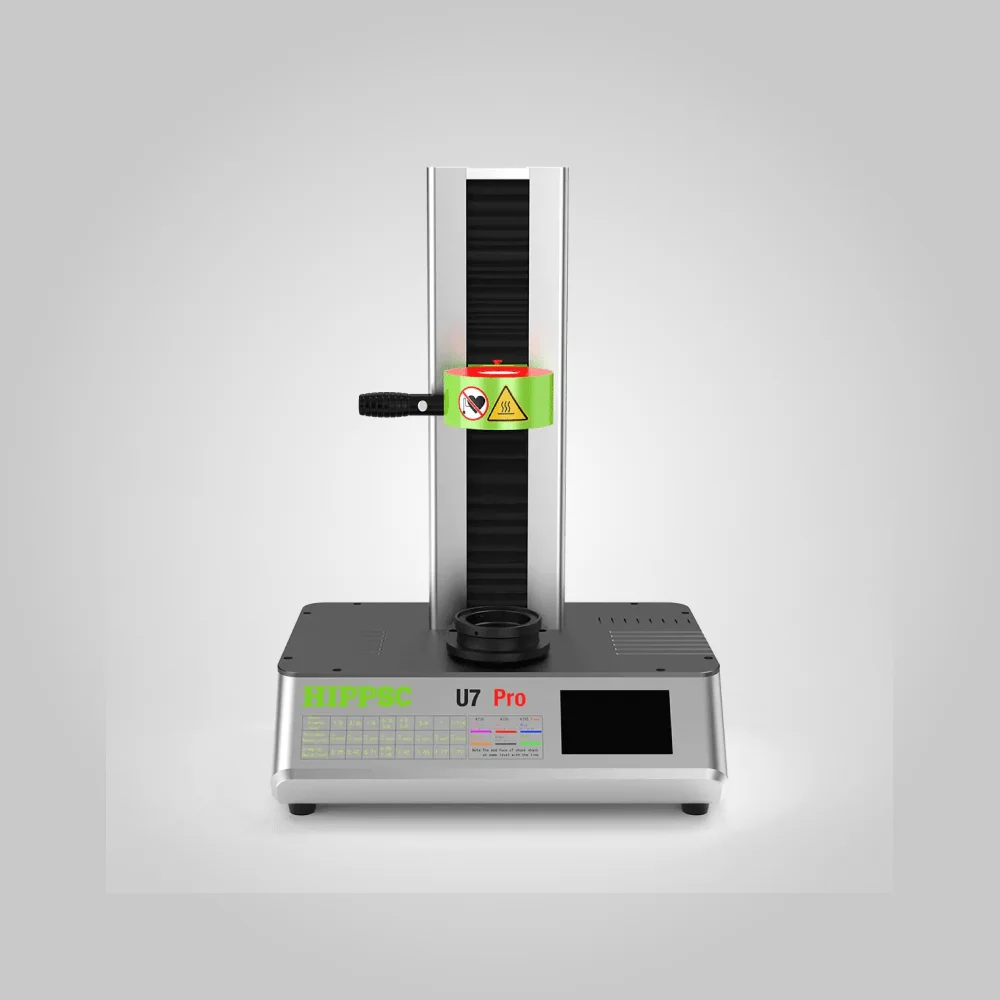
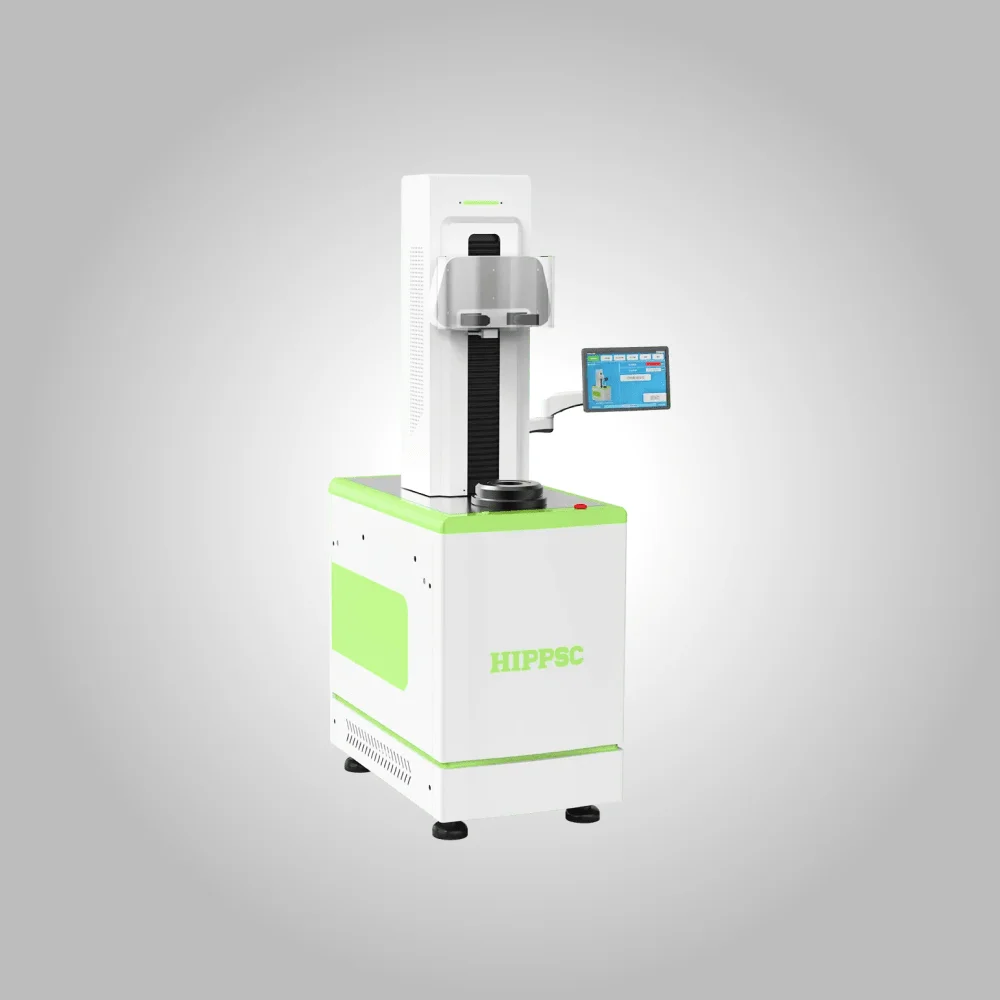
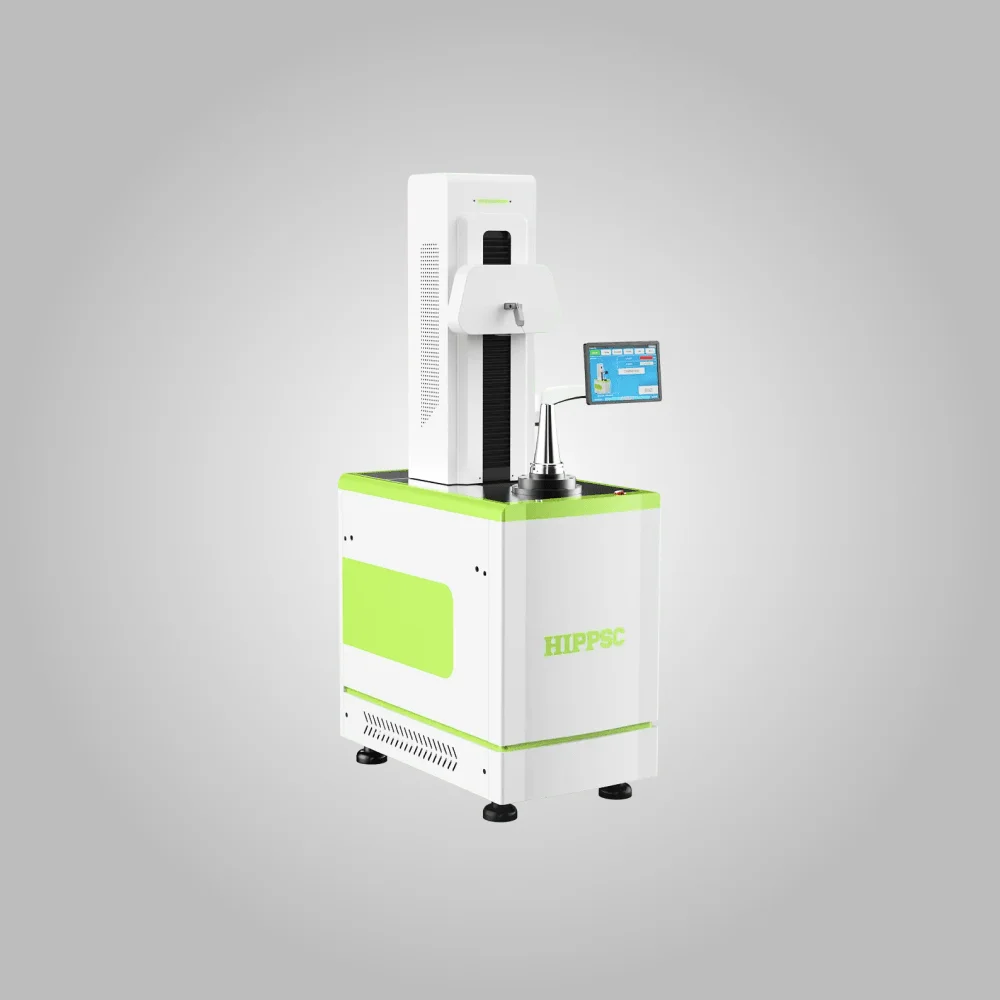
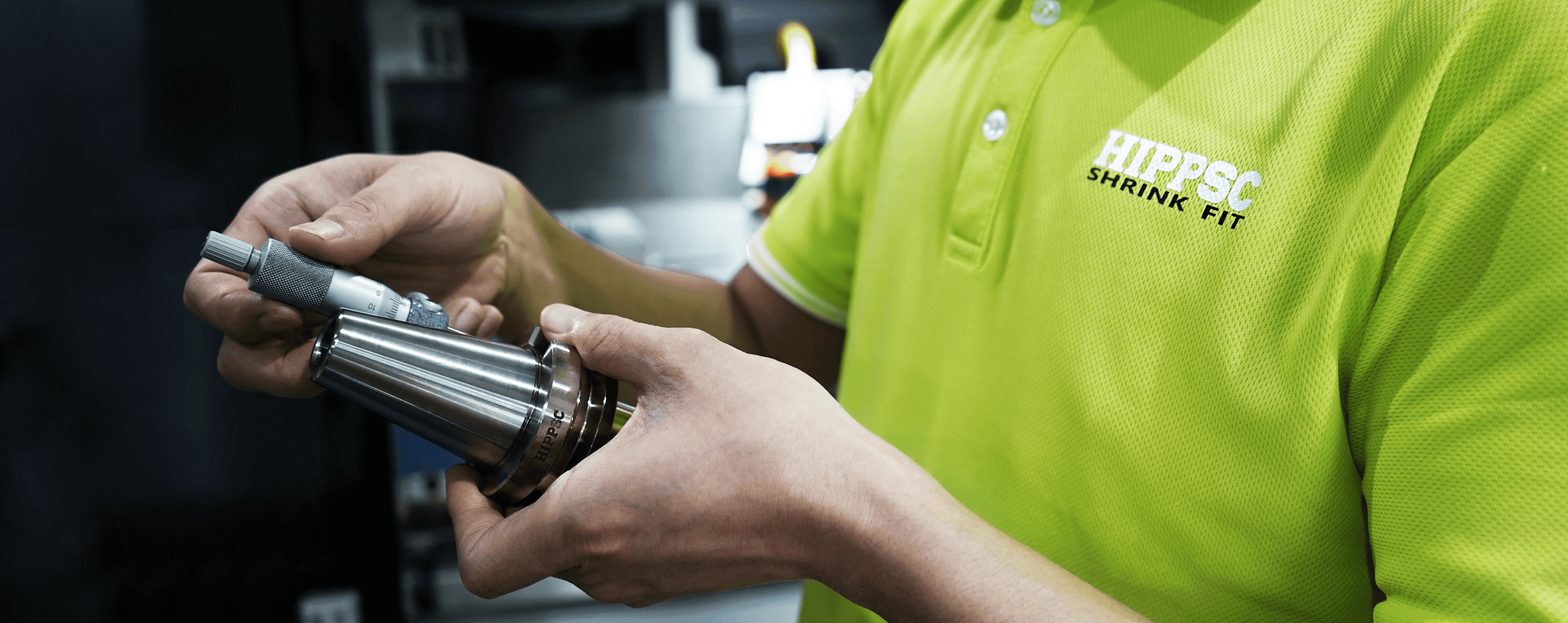
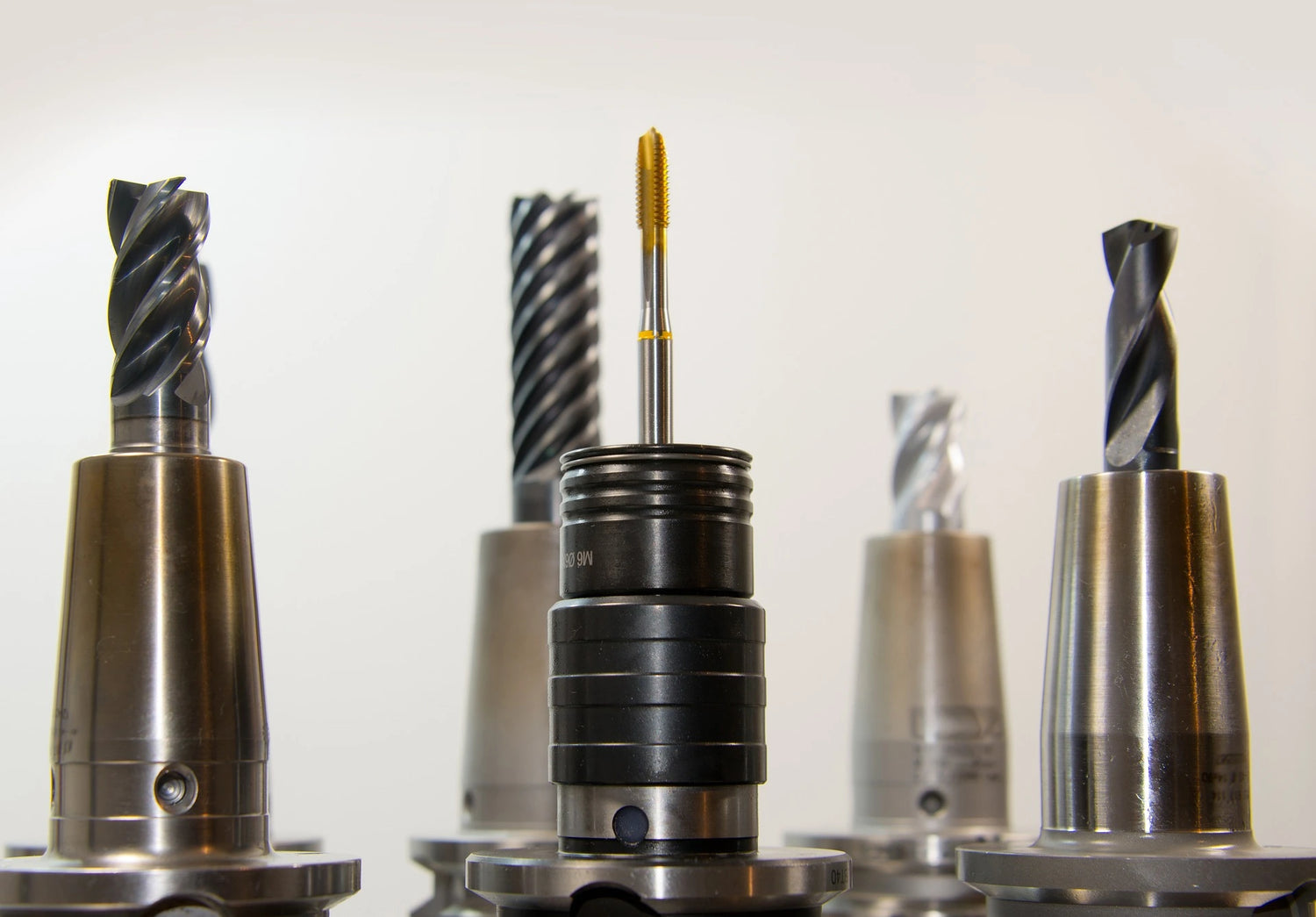
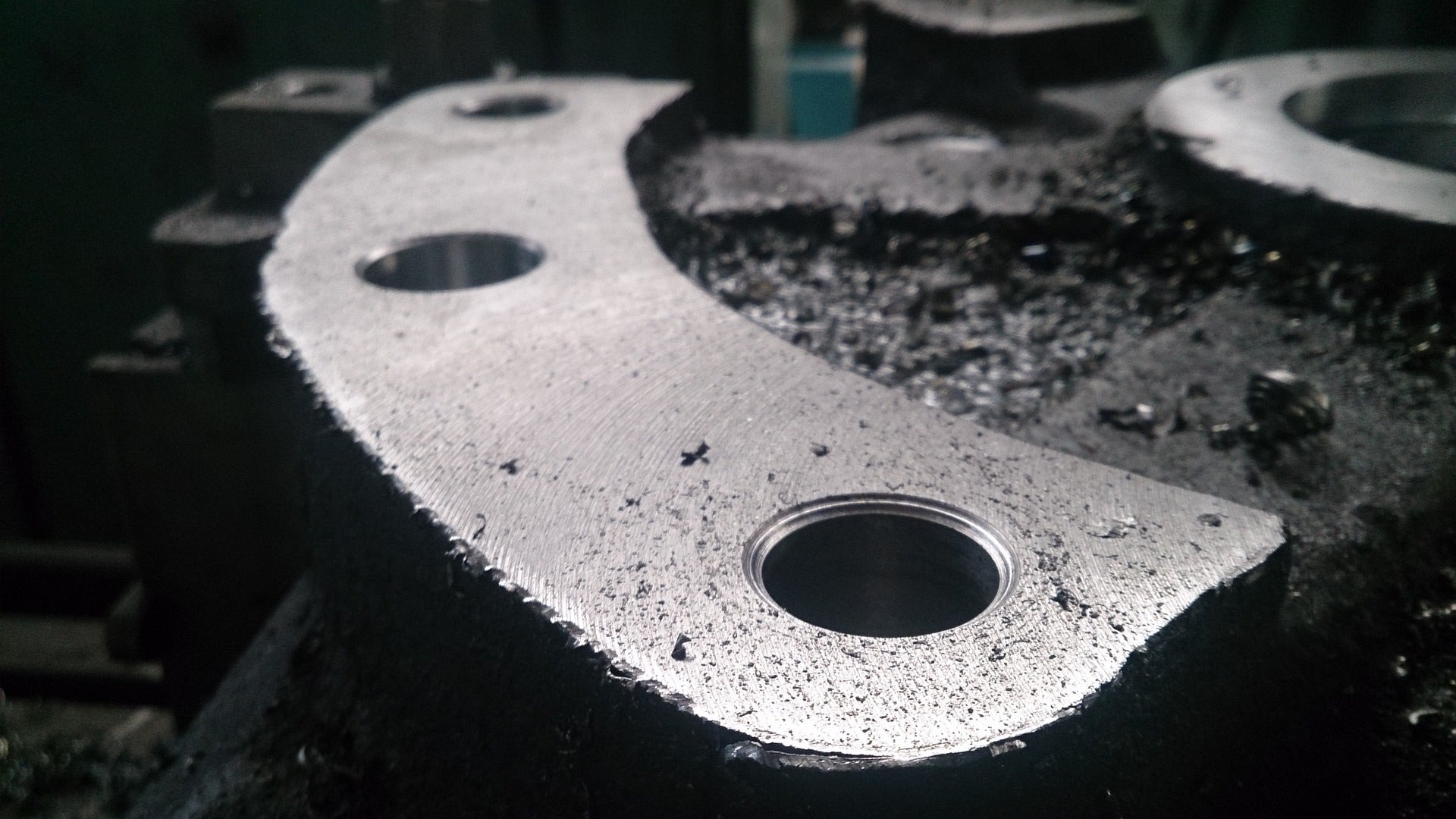
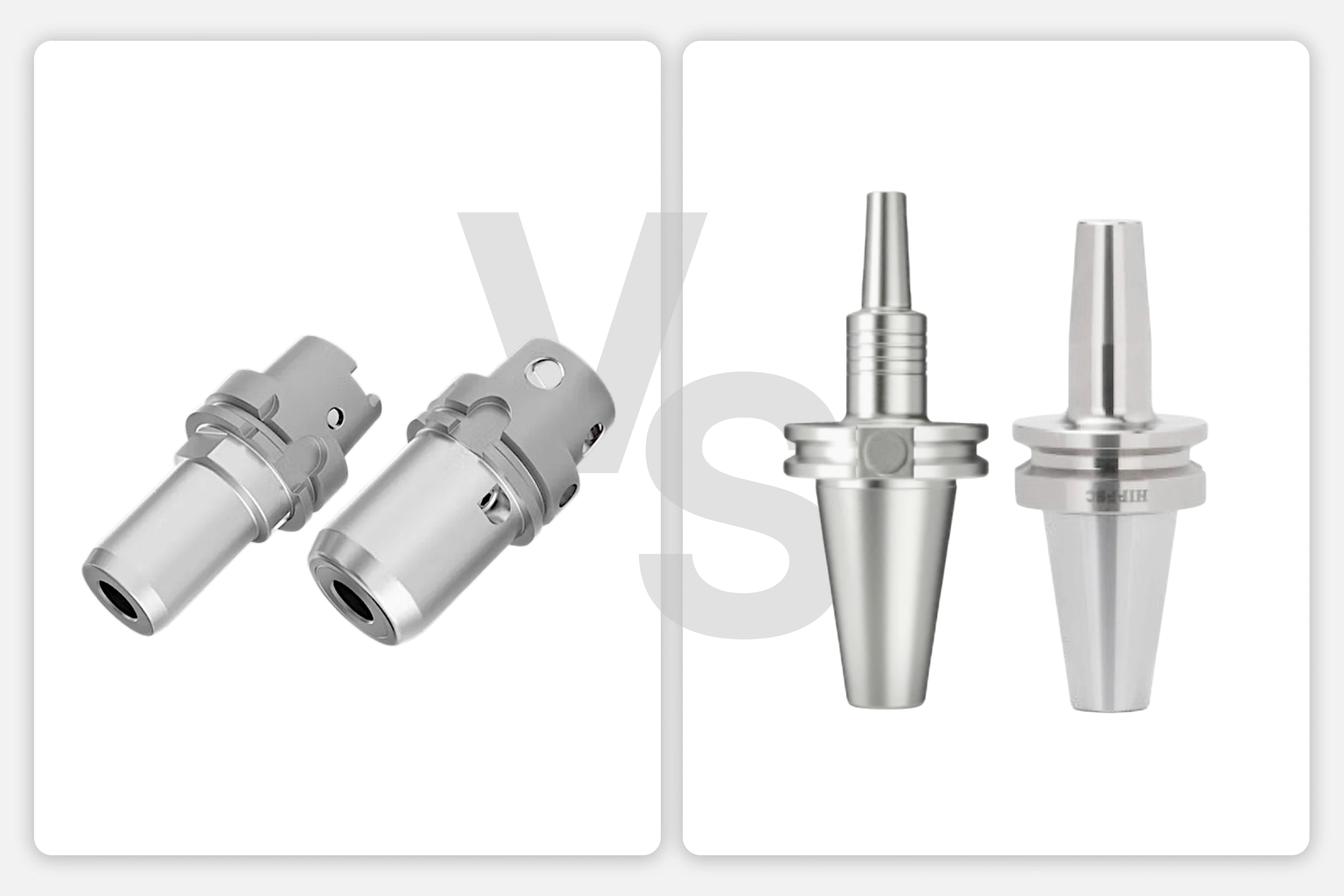
Leave a comment
All comments are moderated before being published.
This site is protected by hCaptcha and the hCaptcha Privacy Policy and Terms of Service apply.